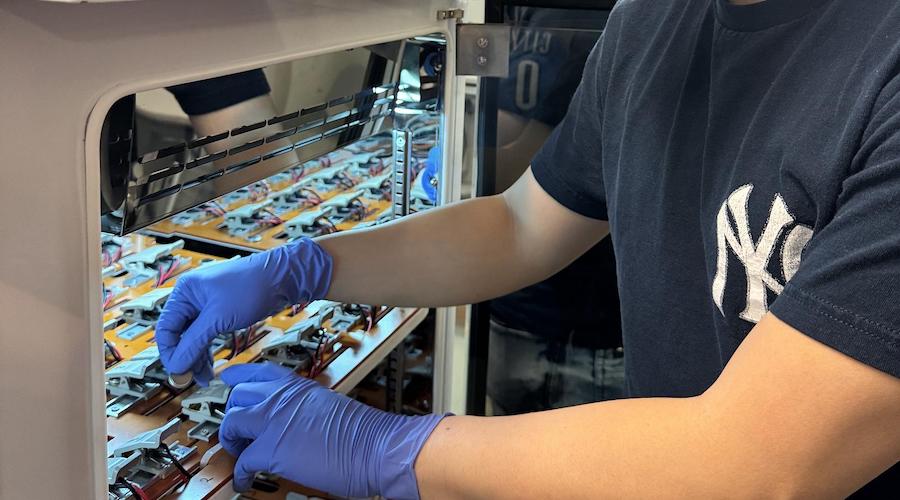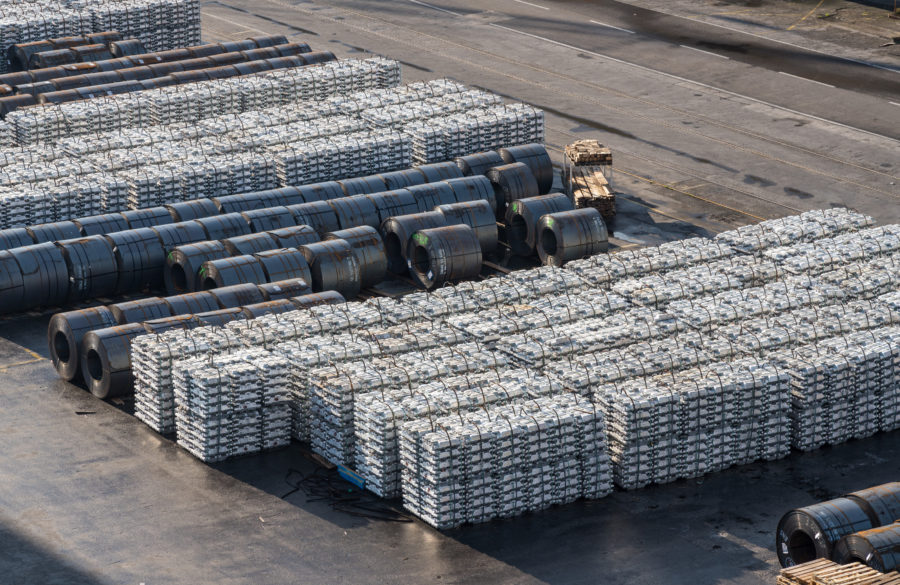High-capacity iron-based cathodes for EV batteries are now a reality

Researchers at Canada’s McGill University published a couple of studies that unlock the potential to produce batteries using more sustainable and less costly materials, known as disordered rock-salt-type (DRX) cathode materials.
In the first study, published in Advanced Energy Materials, the scientists explain how they successfully engineered iron-based DRX cathodes by modifying the electron storage process, achieving some of the highest storage capacity recorded for iron-based cathodes. The breakthrough could slash lithium-ion battery costs by 20%.
Until now, existing iron-based cathodes lacked sufficient storage capacity to power a long-range EV.
In the second study, published in Energy & Environmental Science, the researchers explain how they discovered the potential of another sustainable alternative: manganese-based disordered rock-salts (Mn-DRX).
The new material offers high energy content at a low cost, but its practical application has been hindered by low electrical conductivity and structural instability. However, in collaboration with a team from the Korea Advanced Institute of Science and Technology, the Canadian group found a novel solution. Using multi-walled carbon nanotubes and an adhesive binder as electrode additives, they achieved the highest practical-level energy density ever recorded for Mn-DRX cathodes.
“Our findings hold immense promise for the future of lithium-ion battery development, offering a pathway towards more affordable and sustainable energy storage solutions,” Jinhyuk Lee, assistant professor in the Department of Mining and Materials Engineering and senior author of both studies, said in a media statement.
According to Lee, an industry partner is already working alongside the researchers to bring these innovations to market
More News
China’s mining investment under Belt and Road Initiative sets new record – report
China's overseas mining investment under its Belt and Road Initiative hit another peak last year at $21.4 billion.
March 29, 2025 | 10:26 pm
Column: Europe’s future metals strategy hindered by current crisis
Chinese over-capacity and high energy prices have accelerated the long-term decline of European steel and aluminum production.
March 29, 2025 | 02:25 pm
{{ commodity.name }}
{{ post.title }}
{{ post.excerpt }}
{{ post.date }}



Comments